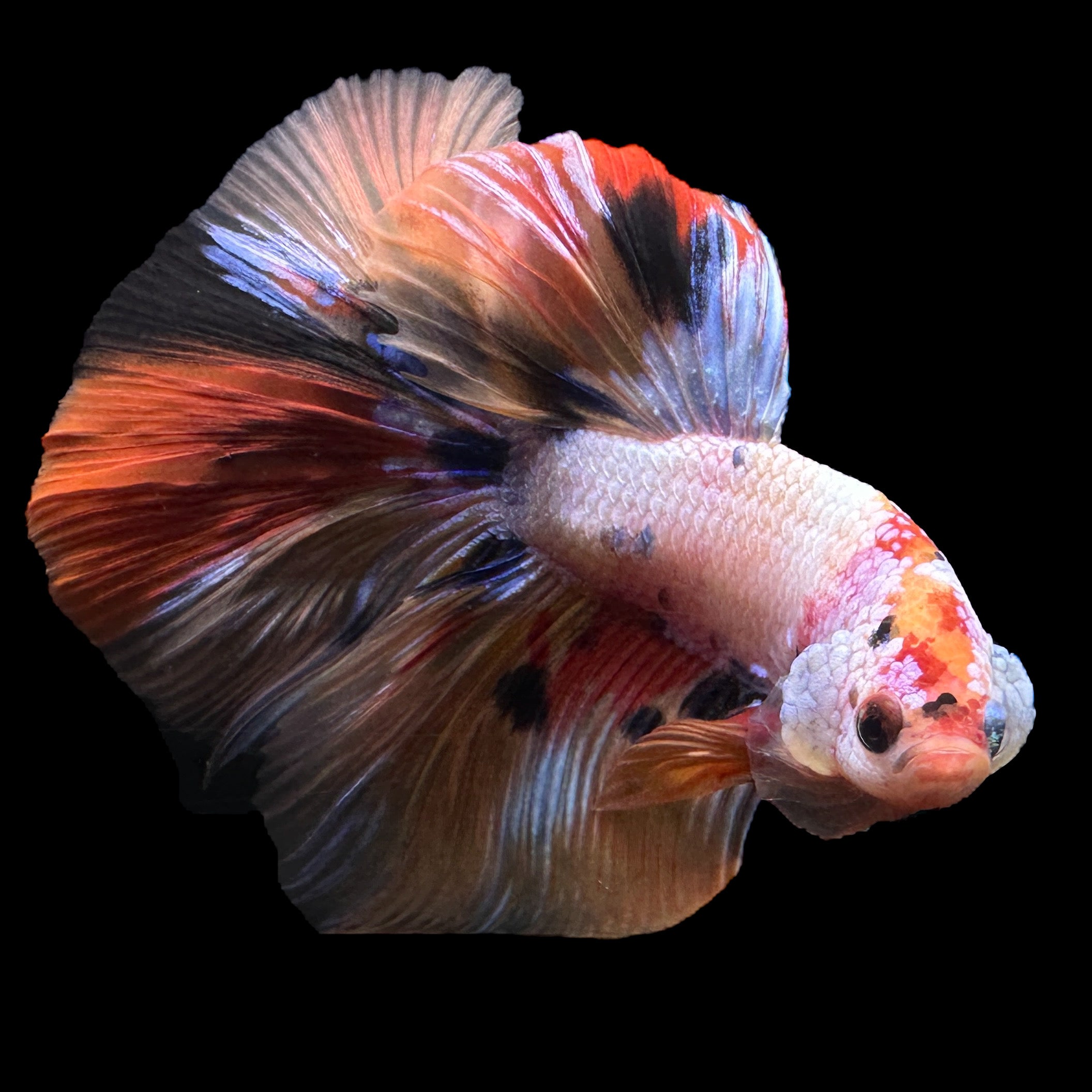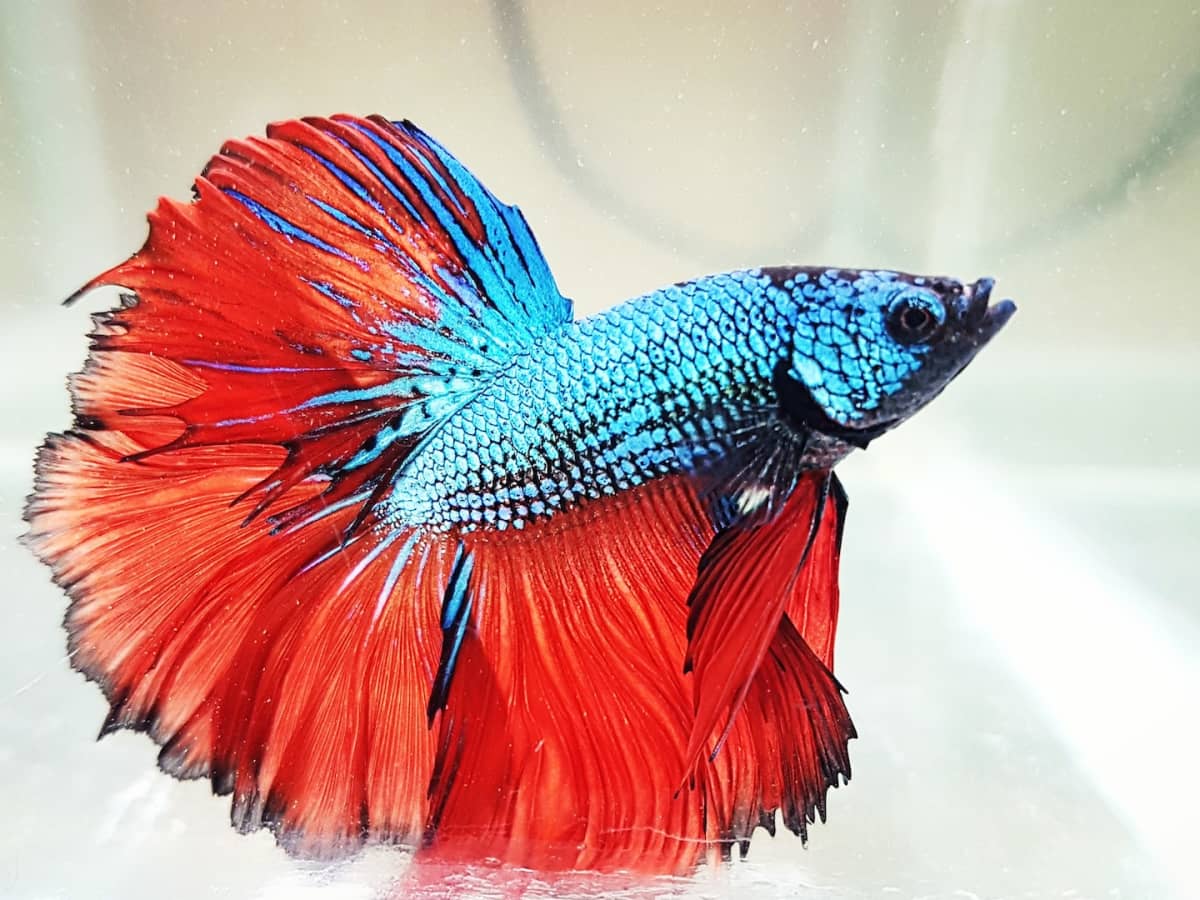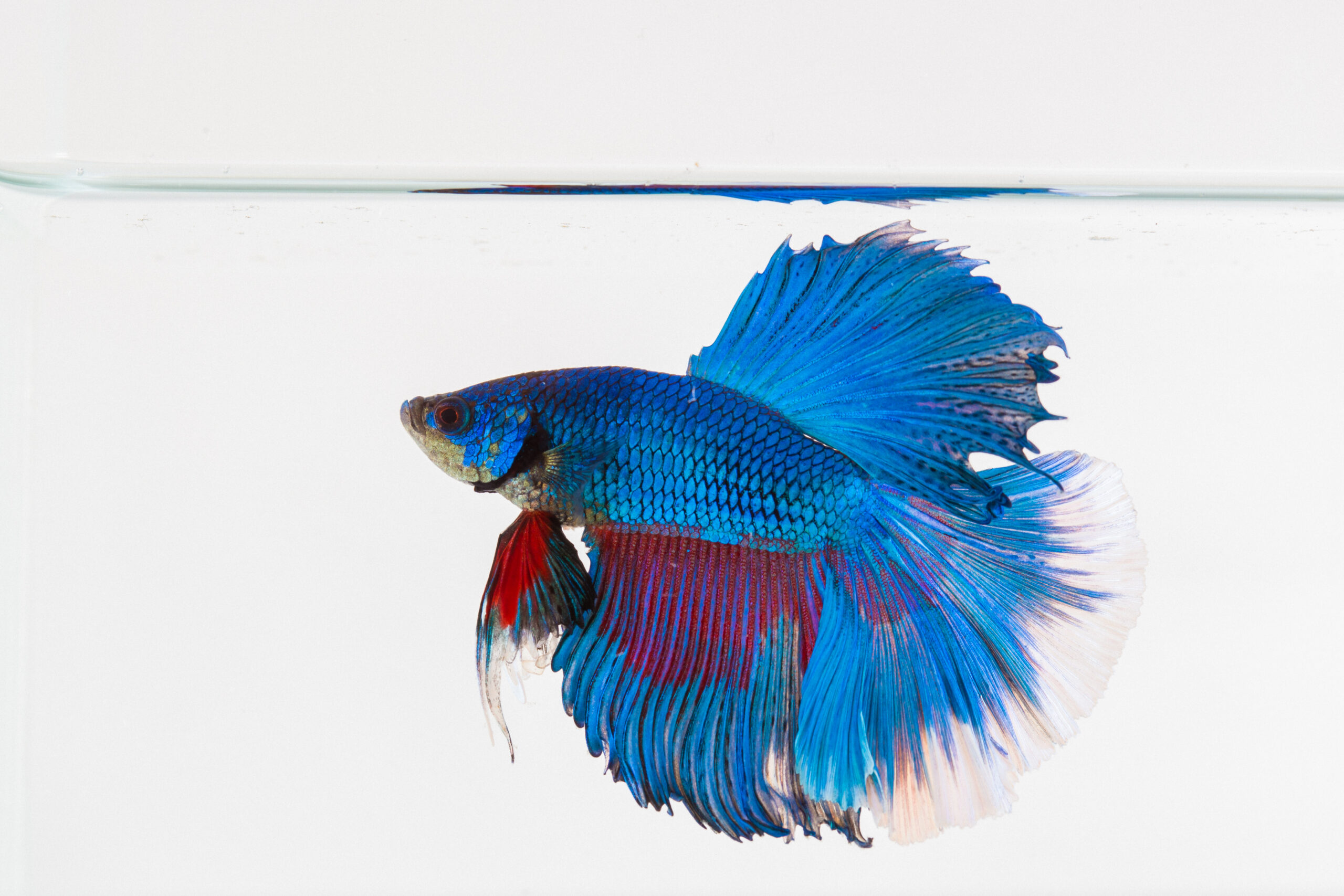Breeding Betta Fish: a Comprehensive Step-By-Step Overview to Successfully Raising Infant Bettas From Eggs to The Adult Years
Breeding Betta fish is a thorough endeavor that needs mindful planning and execution to make certain the successful development of fry from eggs to develop fish. Picking genetically diverse breeding couple with preferable characteristics is only the start; developing an optimal atmosphere and recognizing the intricacies of the breeding process are just as essential. As the male Betta carefully constructs a bubble nest and guards the priceless eggs, the subsequent stages of care and shift need focus to information and knowledge of best methods. Exactly how does one browse the tough yet rewarding path of nurturing these lively animals to their adult years?

Selecting Breeding Pairs
When getting started on the trip of reproducing Betta fish, selecting the appropriate breeding sets is vital to accomplishing desirable traits and a healthy family tree - betta fish. The very first step in this process is to identify the details attributes you desire to improve or protect, such as color, fin type, and body form. It is vital to select genetically varied pairs to stay clear of inbreeding, which can bring about health concerns and undesirable attributes
Assess prospective reproducing candidates carefully. A healthy and balanced male Betta needs to exhibit dynamic shades, an energetic temperament, and well-formed fins, while the lady ought to additionally display dynamic pigmentation and a rounded belly, suggesting preparedness for spawning. Observing the temperament of both fish is crucial, as hostile or overly timid people might not breed effectively.
Documentation of lineage is similarly vital. Keeping records of the parent fish's origins can aid you track genetic qualities and possible issues. Furthermore, consult trustworthy breeders or on the internet sources for advice on picking compatible sets. Ultimately, investing time in the option process will dramatically enhance the probability of producing strong, dynamic spawn that fulfill your reproduction goals (betta fish).

Preparing the Reproduction Storage Tank
Creating an optimum breeding environment is a crucial step after picking appropriate pairs for Betta fish. The reproduction tank need to be especially made to supply comfort and boost the natural reproduction behaviors of the fish. Beginning with a storage tank dimension of at the very least 10 gallons to ensure ample space for both the man and female Bettas.
Keep a gentle purification system to keep the water tidy while preventing solid currents that can worry the fish. In addition, an air stone can be contributed to give oxygenation without interrupting the water surface area way too much.
Temperature law is critical; go for a secure range of 78-82 ° F(25-28 ° C) making use of a trustworthy heating system. The pH level ought to be preserved in between 6.5 and 7.5, and regular water adjustments are necessary to guarantee high water quality.
Integrate floating plants or generating sponges to develop concealing spots for the woman, while additionally encouraging bubble nest building by the male - betta fish. Ultimately, guarantee the storage tank is devoid of sharp decorations and any prospective threats, as the welfare of the fish ought to constantly be focused on throughout this crucial phase of reproduction.
The Reproduction Refine
Typically, click resources the breeding process for Betta fish involves a series of unique and evident habits that suggest readiness for reproduction. The male Betta begins by building a bubble nest at the water's surface, which acts as a site for the fertilized eggs. This nest is essential, as it supplies a secure environment for the eggs until they hatch.
When the nest is developed, the man will certainly display courtship actions, such as flaring his fins and showing vibrant colors to draw in the woman. The female, upon sensing the man's preparedness, will respond by displaying upright red stripes along her body, indicating her receptiveness.
The fed eggs then fall to the bubble nest, where the male meticulously gathers and returns them to the nest. Following this, the male assumes obligation for protecting the nest and ensuring the safety and security of the eggs until they hatch, normally within 24-36 hours.
Caring for Betta Fry
Caring for Betta fry needs mindful interest to their setting and nutrition to make certain healthy development and growth. After hatching, Betta fry are exceptionally small and prone, necessitating a steady and tidy habitat. Keeping a water temperature between 78 ° F and 80 ° F is critical, as Betta fry flourish in cozy problems. Additionally, make sure that the water is without damaging contaminants; regular water Recommended Site modifications of 10-20% are advised to maintain optimal water high quality.
Feeding Betta fry is just as vital. Feed them tiny quantities a number of times a day, being cautious not to overfeed, which can lead to water high quality problems.
Transitioning to Adult Bettas
As Betta fry fully grown, transitioning them to adult Bettas is a critical stage that calls for cautious administration of their setting and social interactions. This process typically starts when the fry get to around six weeks old, at which factor they can be slowly introduced to an extra organized living environment.
To facilitate this change, it is necessary to guarantee that the water criteria-- such as temperature, pH, and ammonia degrees-- are optimal and secure. Adult Betta fish prosper in warm water (around 78-80 ° F) with a pH of 6.5 to 7.5. Progressively adjust the fry to these problems to reduce stress.
Social interactions are an additional essential variable; male Bettas are infamously territorial and aggressive. It is advisable to separate males right into individual storage tanks as they grow. Female Bettas can be housed with each other, but care must be required to keep track of for indications of aggressiveness.
Additionally, dietary changes should be made as the fry grow. Integrate top quality pellets and live foods to support their development and health and wellness. By taking care of these variables efficiently, you can promote an effective change to the adult years for your Betta fish.

Final Thought
Effective breeding of Betta fish requires careful focus to information throughout Look At This the whole process, from choosing genetically diverse sets to giving ideal take care of fry. By making sure ideal reproduction conditions and maintaining water top quality, the chance of healthy and balanced children increases significantly. In addition, a well balanced diet and gradual adjustment to adult environments are crucial for the development and advancement of Betta fish. Following these actions carefully fosters a thriving populace of Betta fish, improving both their health and vigor.